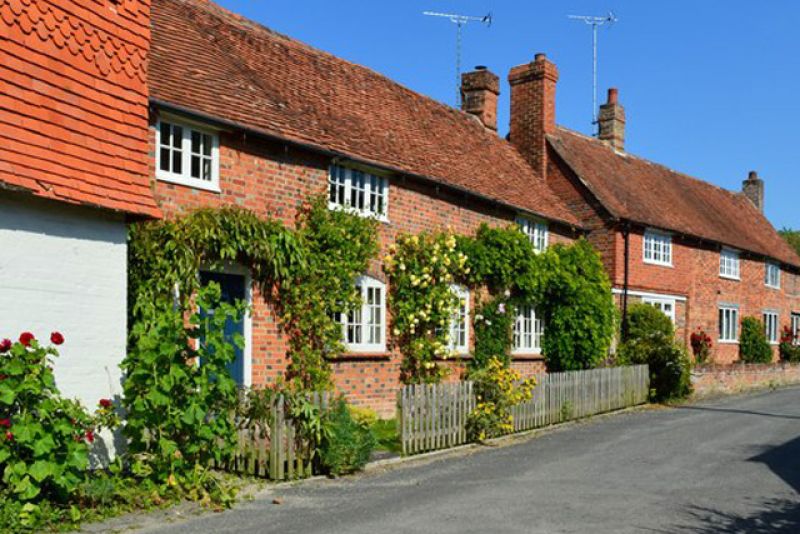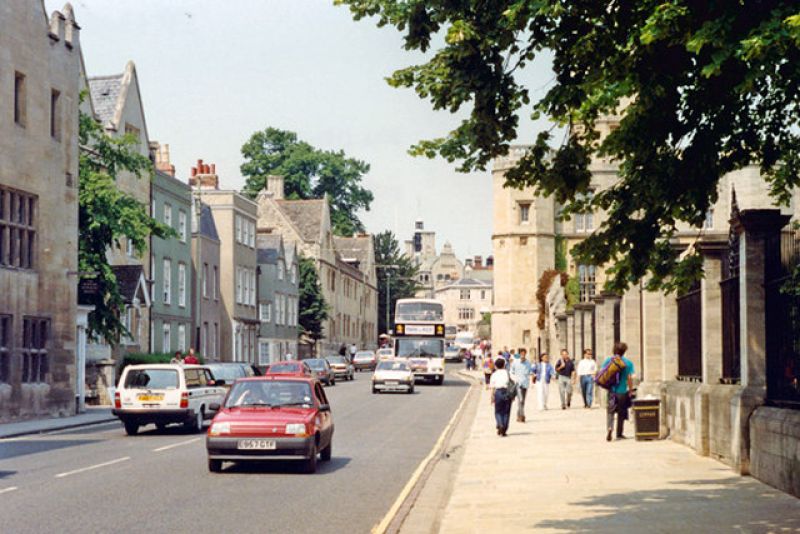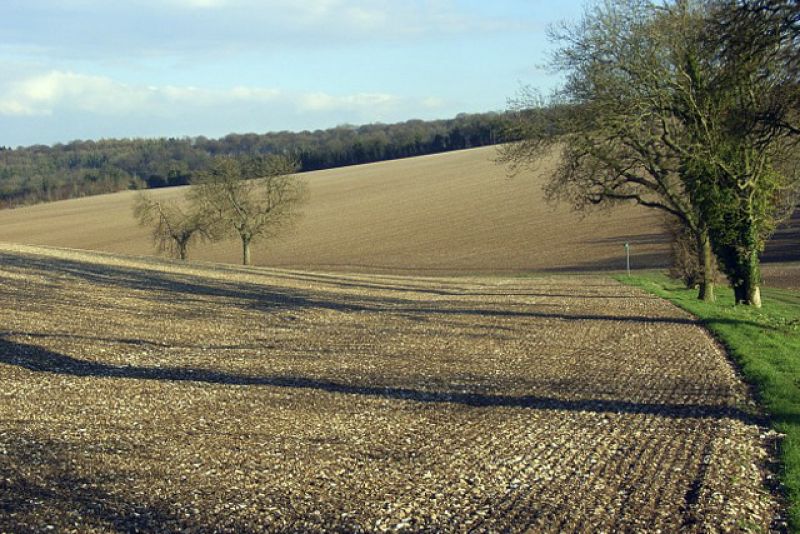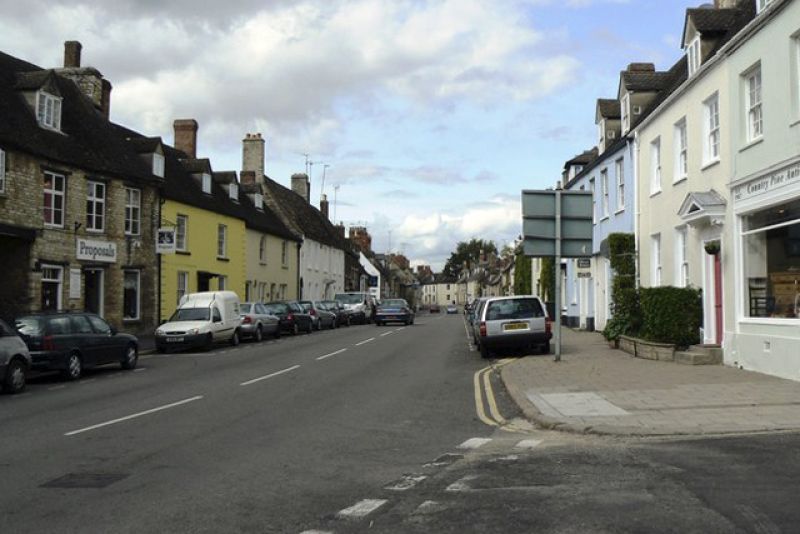Created Date:
Last Modified:
W.R.M Motors Ltd
William Morris’s first car factory.
Location
Old Military College, Oxford Road, Cowley.
Date
1912/3 – c1992.
-
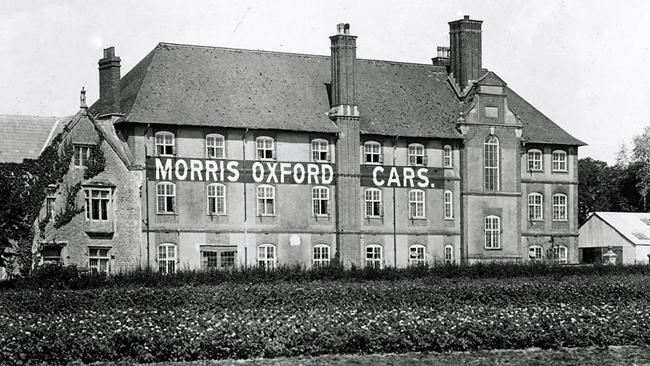 The old Military College shortly after it was taken over by William Morris.
The old Military College shortly after it was taken over by William Morris. -
 The Morris Oxford that precipitated the move to the old Military College, source: Grace's Guide to British Industrial History.
The Morris Oxford that precipitated the move to the old Military College, source: Grace's Guide to British Industrial History. -
 The old Military College later became the company’s press and print centre: Tony Thorpe Collection.
The old Military College later became the company’s press and print centre: Tony Thorpe Collection.
Commentary
When William Morris received his first major order in 1912, for 400 new Morris Oxford ‘Bullnose’ cars, it was clear that his current premises, the Morris Garage at Longwall, had neither the capacity to build such a large number of cars nor room for further expansion.
As a result, in early 1913 (although some sources suggest 1912) William Morris rented, and then purchased new premises at the old Military College in Cowley, which had been established in 1876, but vacated 20 years later.
The College comprised a collection of buildings, located alongside the former parade ground. The oldest building on the site was the Manor House, used by William Morris and his wife as their home until 1925, and demolished in 1957.
Work on the new factory began straightaway. The interior of the College dormitory was stripped out, making a space for car assembly. Soon afterwards, a purpose-built steel-framed workshop, known as the Tin Shed, was erected on the former parade ground, enabling cars to be built on a production line.
Although William Morris was later to own many of his component suppliers, Morris cars, in the early years, were largely assembled, rather than manufactured, mainly using parts produced elsewhere – including, at one stage, engines from the United States.
The advent of the First World War limited component supply and, despite the introduction in 1915 of a new model, the Morris Cowley, car production was initially short-lived.
Like other manufacturing companies, W.R.M Motors moved over to a war-footing, with the production of munitions, latterly specialising in the supply of mine sinkers – devices designed to tether a floating mine at a chosen location.
In 1919, the company’s name was changed to Morris Motors and, with the resumption of car production manufacture became less centred on the old Military College, as new facilities were developed nearby. The first of these was the new North Works, the construction of which began in 1921.
However, the old Military College continued to be used by William Morris for office accommodation and, in particular, as the company’s press and print centre, known as Nuffield Press, producing the company’s manuals, promotional work and in-house magazine, The Morris Owner, and later Teamwork.
In later years, much of the old Military College and its surrounding buildings were demolished; although traces of the old college still remain, having been converted to apartments around the year 2000.
Other locations
Nuffield, Oxfordshire
Oxford, Oxfordshire
Further details
- Making Cars at Cowley, Gillian Bardsley and Stephen Laing, published by Tempus Publishing, 2006, and the History Press, 2009.
- http://www.aronline.co.uk/blogs/facts-and-figures/in-production/in-production-cowley-timeline/
